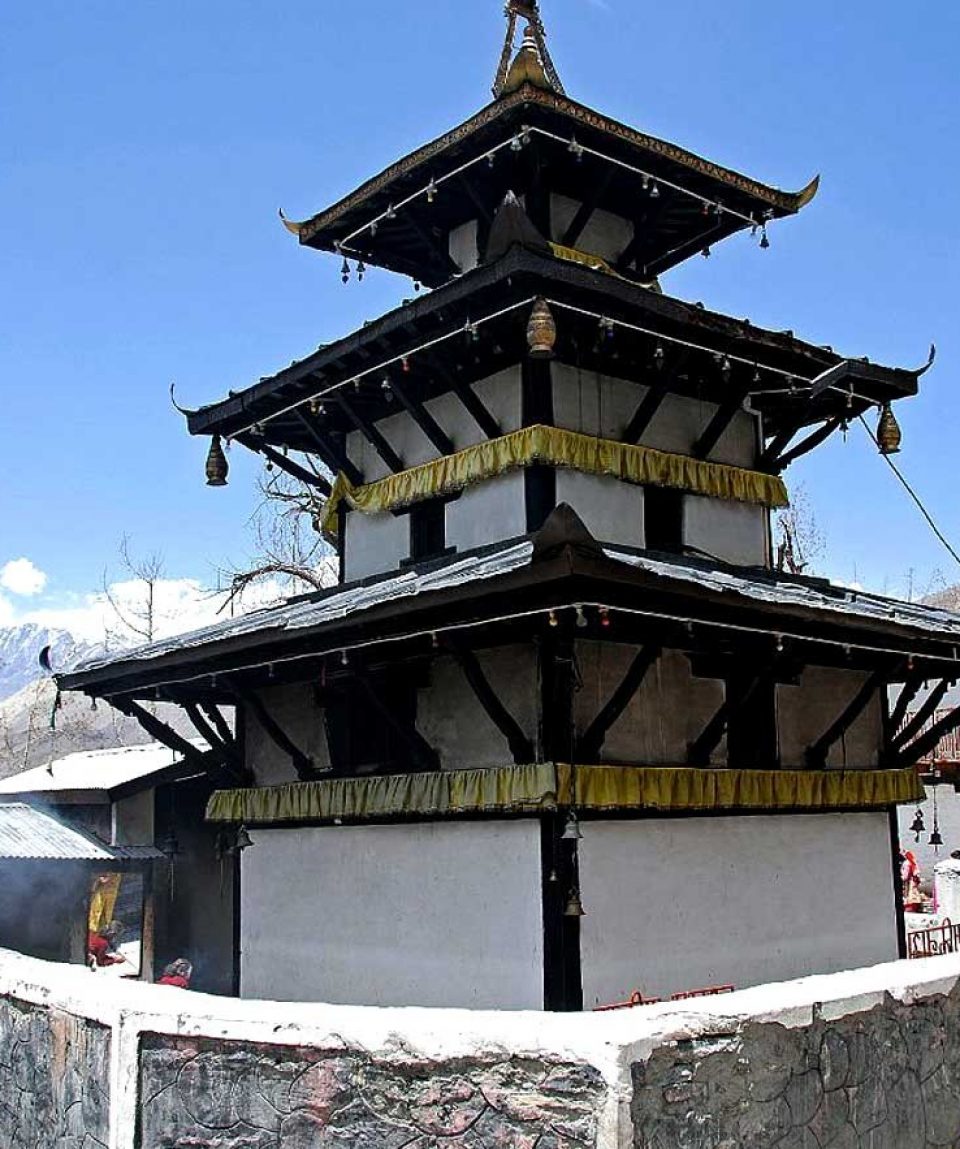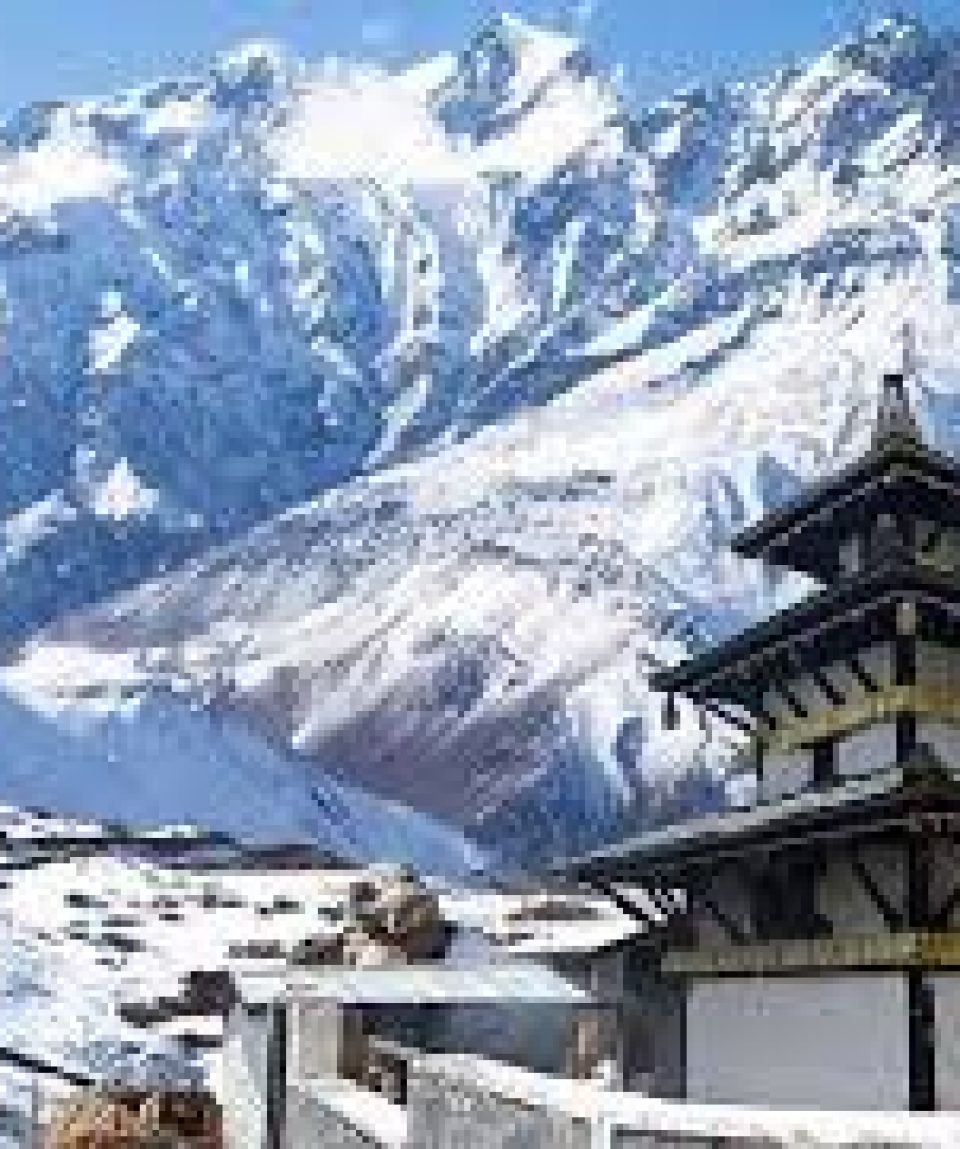Muktinath Temple
Muktinath is a Vishnu temple, sacred to both Hindus and Buddhists. It is located in Muktinath Valley at the foot of the Thorong La mountain pass in Mustang, Nepal. It is one of the world’s highest temples. The site is close to the village of Ranipauwa, which is sometimes mistakenly called Muktinath.Situated at an altitude of 3,710 meters (12,172 feet) at the base of the Thorong La mountain pass in the Mustang district, Muktinath is a highly venerated sacred place for both Hindus and Buddhists.
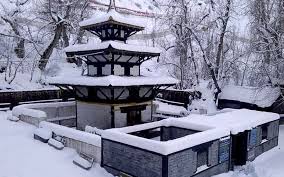
-
Reviews 0 Reviews0/5
-
Vacation Style Holiday Type
-
Mountain
-
-
Activity Level Extreme
-
Hindus call the site Mukti Kshetra, which literally means the “place of salvation” and it is one of the most ancient temples of the God Vishnu and the Vaishnava tradition in Nepal. The shrine is considered to be one of the eight sacred places known as Svayam Vyakta Ksetras (the other seven being Srirangam, Srimushnam, Tirupati, Naimisharanya, Totadri, Pushkar and Badrinath), as well as one of the 108 Divya Desam, or holy places of worship of Lord Vishnu. Additionally, it is also one of the 51 Shakti Pitha goddess sites.
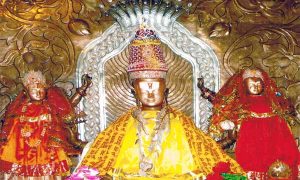
According to Hindu Myth, it is a belief that this world is “MAYA” (an illusion) of a life cycle of birth and rebirth. Everybody seeks to get rid of this cycle and get nirvana. A visit to Muktinath will help to achieve this goal. There are 108 waterspouts in the backyard of this temple called Muktidhara where frozen water is continuously flowing from the bullhead and two Kunda (ponds in front of the temple). Taking bath in these 108 waterspouts and two Kunda (ponds) believes to bring salvation.
Besides the main temple, Muktinath consists of many other attractions such as the ancient Narsingh Cave, Gumbas and the Jwalamai Temple. The great teacher of Buddhism – Padmasambhav’s statue is inside the Narsingh Cave; he was said to have meditated in Muktinath during his trip to Tibet. The premises of Muktinath enclose a stone statue of Lord Budhha and Ranipauwa bazaar host the huge statue of Guru Padmasambhav.
Best Season
March, April, May, September (mid), October, November are considered as the best time to visit Muktinath Temple. During these months weather used to be clear all the day and snowcapped mountains will be welcoming you with big smile.
Travel Permits
Before beginning your journey from Pokhara to Muktinath by road, trek or by flight, you shall require to collect two permits. They are:
- Annapurna Conservation Area Project Permit (ACAP): This permit can be collected from Nepal Tourism Board located at Bhrikuti Mandap, Kathmandu or at Pokhara &
- Trekker’s Information Management System Permit (TIMS). This permit can be collected from TAAN located one at Saatghumti, Thamel and another at Mali Gaun, Kathmandu or at Pokhara.
Attractions around Muktinath Temple
- Mukti Kunda: Two holy water ponds known as “Laxmi Saraswoti Kunda” located in-front of the temple. Taking plung here is believed to rinse away your sin.
- Mukti Dhara: 108 water spouts (bull head shape) in the back yard of this temple where holy water (chill) from Gandaki river flows continuously. Taking bath under all these 108 Muktidhara is believed to bring salvation.
- Jwala Mai Temple: Continuously burning holy flame from rock located inside Dhola Mebar Gompa is just five minutes walking distance, situated in the south region of the temple.
- Mharme Lha Khang Gompa: Monastery located in the north region of the temple is dedicated to Guru Rimpoche also known as Padmasambhava.
- Swaminarayan: Satguru of Sabij Yoga.
- Shaligram: Fossils of the Jurassic park age that is found in Kali Gandaki River. This black stone is the symbol of lord Vishnu and kept in prayer room in the home.
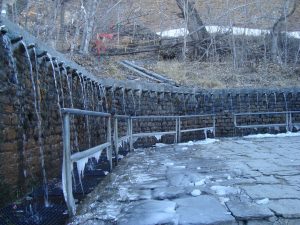
Best Things to Do around Muktinath Temple
Dhumba Lake Tour
Dhumba Lake is the fresh water pristine lake of Mustang. It lies on the base of Mt Nilgiri at Thini village in Jomsom. Dhumba Village is the famous destination for the buddhist pilgrims. Likewise, Dhumba Lake is 5.5 km distance from Jomsom.
Kali Gandaki George
Kali Gandaki George is the dippiest George in the world. Another name of Kali Gandaki George is Andha Galchi. The deepness of Kali Gandaki George is 6000m. Furthermore, Annapurna Mountain and Dhaulagiri Mountain surrounds the Kali Gandaki George.
Jawala Devi
Jwala Devi is the Divine Flame which is continuously burning over thousands of years in Muktinath Area. According to the local people on their belief “Jwala Devi is the composition of fire, water, sky, earth and air.”
Largest Saligram
Saligram is the black ammonite fossils. It is the holy object for Hindu. There is abundance of Saligram in Mukti Chhetra(Muktinath Area). Not only that, we can find the largest saligram in the universe.
Water Falls
Water Falls is the other major attraction of Muktinath Temple Tour. We can explore many water falls on the way to Muktinath from Tatopani. Rupse Water Fall is one of the most alluring water fall in Nepal. It lies in Myagdi District on the way to Jomsom. The elevetion of this water fall is about 300m.
You can go alone taking bus from Kathmandu to Pokhara, which takes around 7 hours. After one night overnight stay at Pokhara, you then take either or bus, jeep or flight to Jomsom. Bus or Jeep will take nearly 11 hours to reach at Jomsom. And it is only three hours to reach at Muktinath from Jomsom.

